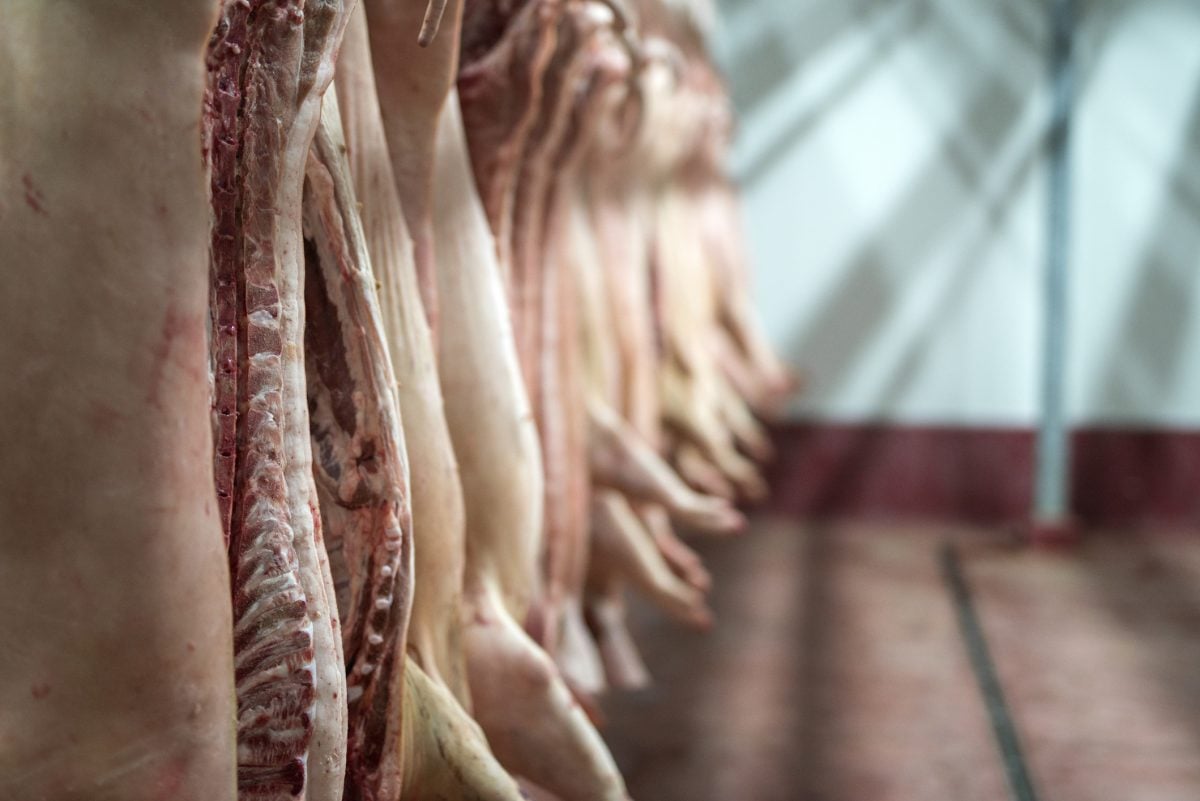COGSWELL, N.D., July 26 (Reuters) – Yield prospects for hard red spring wheat in southeast North Dakota were below average following a dry spell earlier this year, scouts on the first day of a three day annual crop tour said on Tuesday.
The wheat crop in the southeastern corner of the state was developing one to two weeks ahead of normal, aided by early planting as well as dry weather in May and June that may have advanced the crop’s maturity. Farmers have already started harvesting in the region.
Read Also

U.S. livestock: Cattle slip back, hogs gain
Chicago cattle futures slipped back on Friday after Thursday’s pause. Hog futures crept upward. Most-active December live cattle futures closed…
“There was an extended period of dryness” in the spring, said Jim Peterson, marketing director for the North Dakota Wheat Commission. “It’s unusual to see the amount of crop harvested this early.”
Rain amounts have been better in central and northern areas of the state.
Scouts on one leg of the Wheat Quality Council’s spring wheat tour stopped at six fields in Richland, Sargent and Dickey counties, in the state’s far southeast corner, and calculated an average yield of 43.2 bushels per acre (bpa).
A year ago, the tour’s average for the same route was 50.2 bpa, and the five-year average is about 45 bpa.
A second car traveling farther north made five stops and calculated an average yield of 47.7 bpa, compared to the tour’s year-ago average on that same route of 55.4 bpa. A third car traveling west and north from Fargo, North Dakota, made seven stops and projected an average yield of 44 bpa, compared with the year-ago tour average for the same route of 51.1 bpa.
North Dakota produced record-high spring wheat yields in each of the last three years, peaking last year at 48.0 bpa. This year’s crop is expected to fall short of that mark, with the U.S. Department of Agriculture projecting a state yield for 2016 at 45.0 bpa.
Better seed genetics have played a role in boosting yields, along with favorable weather, Peterson said. This year, patches of dryness and low wheat prices may have prompted some producers to cut back on inputs such as fertilizer or fungicides.
About 70 “crop scouts” from the milling and baking industries along with government and university experts were on the three-day tour. The tour scouts survey fields Tuesday through Thursday and will release a final yield average on Thursday.
Hard red spring wheat is a high-quality grain that is milled into flour for bread and used for blending with other types of wheat to improve the quality of flour. North Dakota is by far the largest U.S. producer of the grain.













